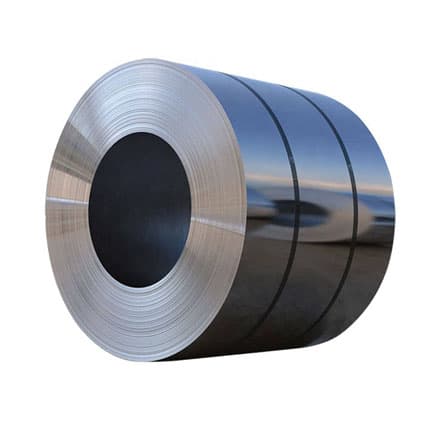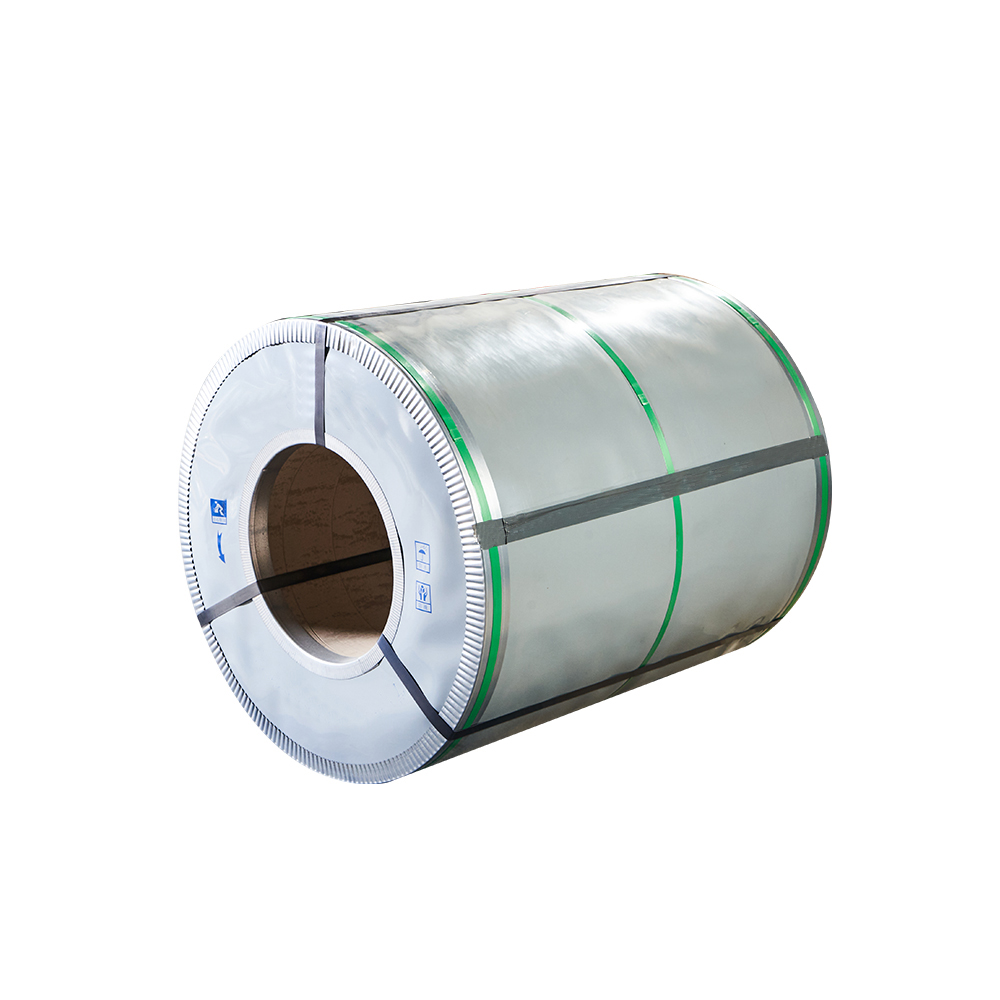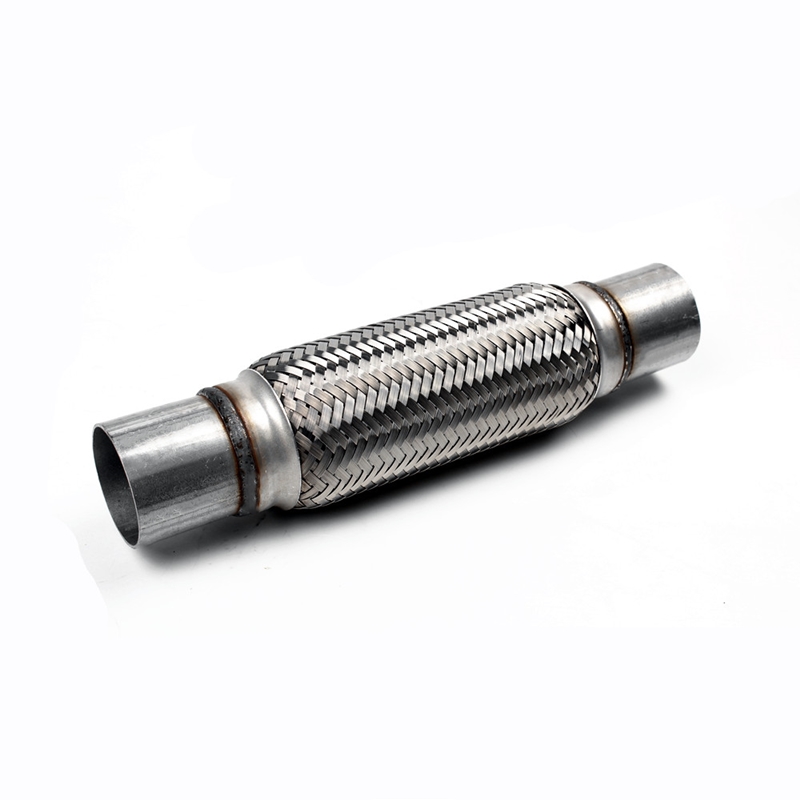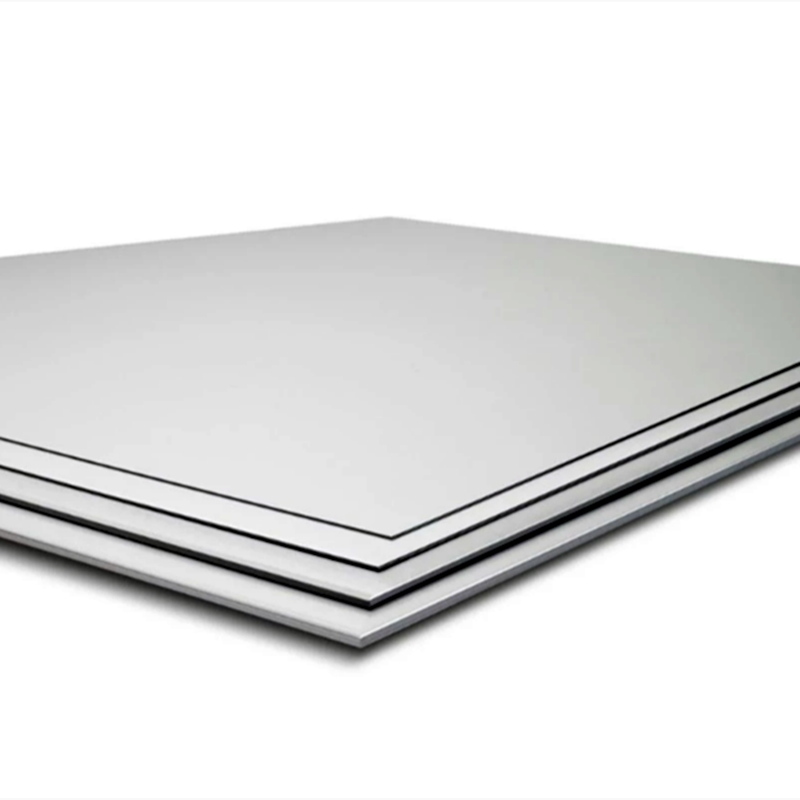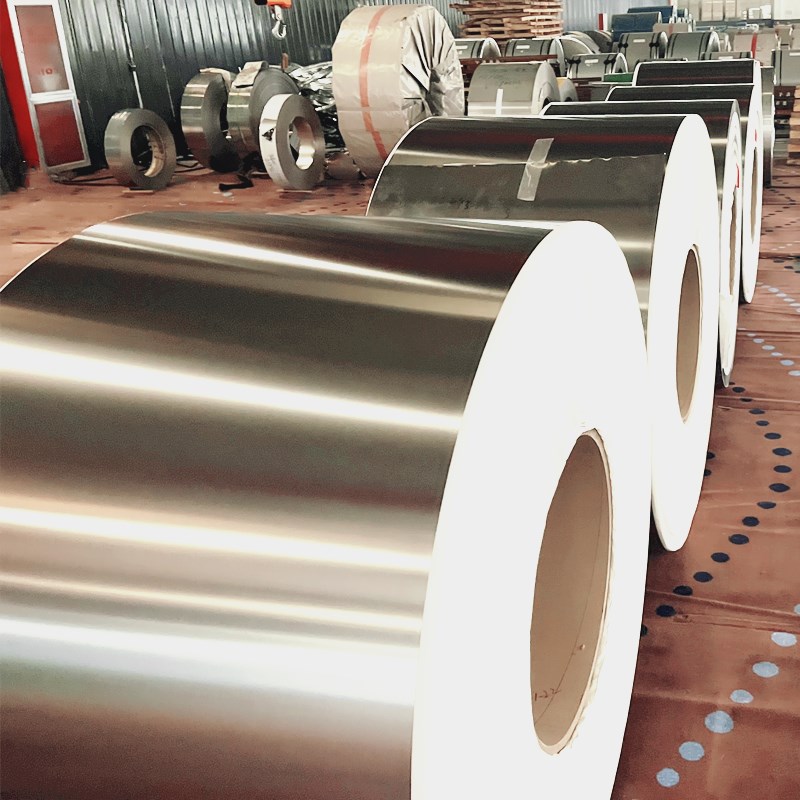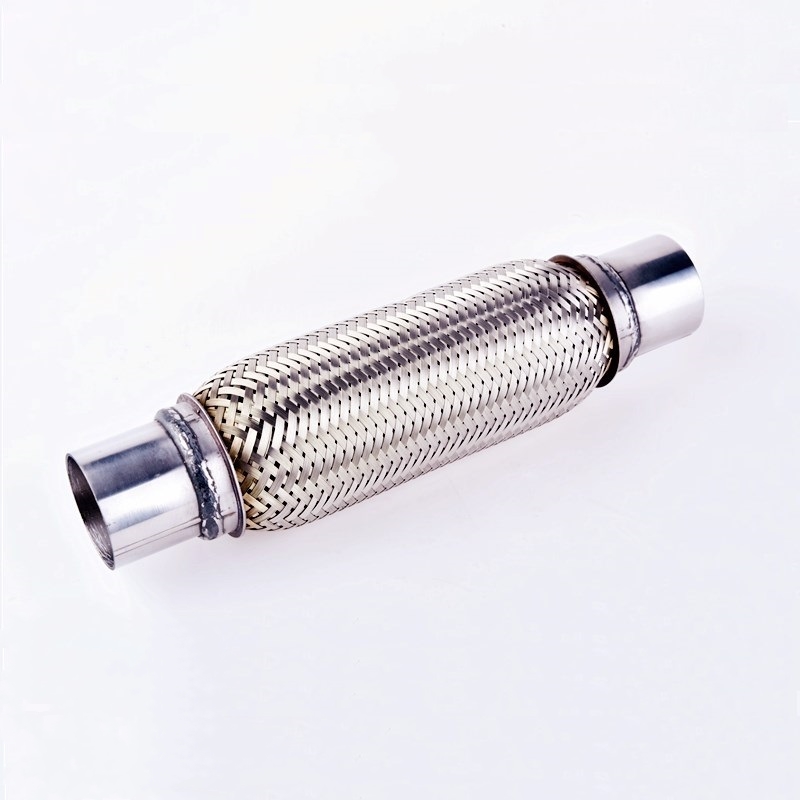Alloys often are added to steel to increase desired properties. Marine-grade stainless steel, called type 316, is resistant to certain types of corrosive environments. There is a variety of different types of 316 stainless steel. Some common types are the L, F, N, and H variants. Each is slightly different, and each is used for different purposes. The "L" designation means 316L steel has less carbon than 316.
Same as grade 316 stainless steel, 316L grade is also non-hardenable by heat treatment and can be readily formed and drawn (pulled or pushed through a die or smaller hole).Products Attributes
- Type 316L stainless steel in a molybdenum-bearing austenitic.
- 316L is very similar to 316 in almost every way: Cost is very similar, and both are durable, corrosion-resistant, and a good choice for high-stress situations.
- 316L is a better choice for a project that requires a lot of welding, it is used when welding is required to ensure maximum corrosion resistance.
- 316L is a great stainless steel for high-temperature, high-corrosion uses, which is why it's so popular for use in construction and marine projects.
- 316/316L is non-magnetic in the annealed condition but can become slightly magnetic as a result of cold working or welding.
- Most of the existing 316L in China market are produced according to American standards.
- The keen resistance of 316L stainless steel to potable water and the alkalis and acids in food, make it ideal for use in restaurant kitchens.
- Rupture and tensile strength at high temperatures
Applicatio
- Food handling and processing equipment: Cookware, tablewares, milking machines, food storage tanks, coffee pots, etc.
- Automotive exhaust system: Exhaust flexible pipes, Exhaust manifolds, etc.
- Chemical processing, equipment
- Rubber, plastics, pulp & paper machinery
- Pollution control equipment
- Heat exchanger tubes, ozone generator
- Medical implants (including Pins, screws and implants)
- Semiconductors
Additional Services


 Surface treatment For the purpose of decoration usage No.4, Hairline, Polishing treatment Finished surface will be protect by PVC filmCoil slitting Slitting stainless steel coils into smaller width strips Capacity: Material thickness: 0.03mm-3.0mm Min/Max slit width: 10mm-1500mm Slit width tolerance: ±0.2mm With corrective levelingCoil cutting to length Cutting coils into sheets on request length Capacity: Material thickness: 0.03mm-3.0mm Min/Max cut length: 10mm-1500mm Cut length tolerance: ±2mm>>>Technical guidence
Surface treatment For the purpose of decoration usage No.4, Hairline, Polishing treatment Finished surface will be protect by PVC filmCoil slitting Slitting stainless steel coils into smaller width strips Capacity: Material thickness: 0.03mm-3.0mm Min/Max slit width: 10mm-1500mm Slit width tolerance: ±0.2mm With corrective levelingCoil cutting to length Cutting coils into sheets on request length Capacity: Material thickness: 0.03mm-3.0mm Min/Max cut length: 10mm-1500mm Cut length tolerance: ±2mm>>>Technical guidence





